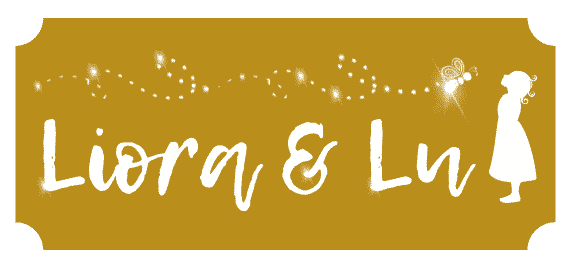
Follow . . .
Fundamentally, I did not feel like I was composing the music myself. Instead, it was conveyed to me as if dictated from a divine realm. Each time some time has passed, and I revisit the composition, I am amazed at the moving work that flowed through me.
The main theme melody was revealed to me in a dream, and I had to write it down immediately upon waking to avoid losing it.
A parallel can be found in the story of Liora and Lu: Lu dreams of finding himself inside a charred tree trunk, hearing an indescribably beautiful melody. A voice tells him to memorize the music well, as he will need it one day.
- The orchestral music originated from an original piano version. Naturally, this piano music is less complex and may be more suitable for younger listeners. On this page, you will get to know the orchestral arrangements.
- The score is available for a total of eight orchestral pieces (total playing time approximately 50-55 minutes), allowing the story to be adapted into film and for live performances such as theater, ballet, or puppetry.
- Simultaneously, care has been taken to ensure that both the book and the music can also stand alone.
- My vision was to create a sophisticated orchestral work that is also suitable for children from the age of around 9-10. It is a heartfelt concern of mine to convey the love of classical music to young people. I want to introduce them without overwhelming them.
- Accordingly, with the exception of ‘Sinistros Melodie,’ which moves on the outskirts of tonality, the composition remains mostly harmonious and melodic. The orchestral work can be classified as ‘program music.’ Each of the main characters in the story is dedicated to their own melody.
- The music deliberately excludes vocals. At one point, a mixed choir was part of the composition, singing in a cross-cultural fantasy language. However, I ultimately removed it because words and the human voice attract too much attention. It was more important to me to emphasize the communication among the instruments.

Audio Sample
Close your eyes or take a glimpse into the orchestral score.
(Note: Please consider that this is a computer-generated version. Naturally, a live orchestra will touch you as a listener in a completely different way.)
In the following sound excerpt, we have ‘Liora’s Healing Song’ It is a celestial melody that was imparted to the firefly Lu in a dream. Now, he intuitively inscribes the ‘notes’ into the nighttime sky with his light. Due to their telepathic connection, Liora can spontaneously grasp the melody. The heavenly music instantly soothes Sinistro, but there is one last surge (audible from measure 99, or letter L). The two musical motifs wrestle one last time, but eventually, beyond the concept of ‘Good versus Evil,’ they merge into a new whole.

- As listeners tell me again and again, the music stimulates the imagination very strongly. People see images and get the feeling that they are dreaming in broad daylight.
- Nevertheless, it is not film music in the conventional sense. Because it is not composed for a scene. However, either parts of it could be used as film music or the director could adapt the film editing to the music (i.e. the other way round).
- A production using ballet/dance theater would be conceivable.
- The playing time of the orchestral work is about 50 minutes. It could therefore either form one half of the program before or after the interval as part of a concert.
- Alternatively, the manuscript could be adapted into a version for a male narrator. If the orchestra and narrator alternate, the performance would be designed to last around 90-120 minutes.
- The ideal form of event seems to me to be a matinee for the whole family.
- In principle, there are no limits to the imagination …, one director, for instance, came up with the idea of a performance as a puppet theater.

